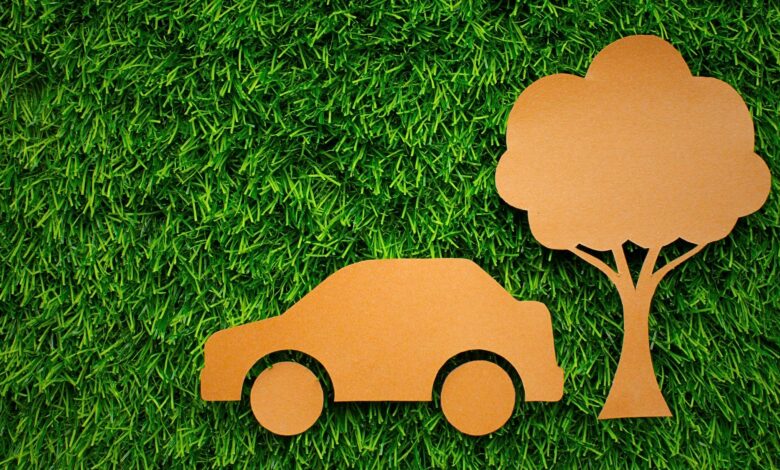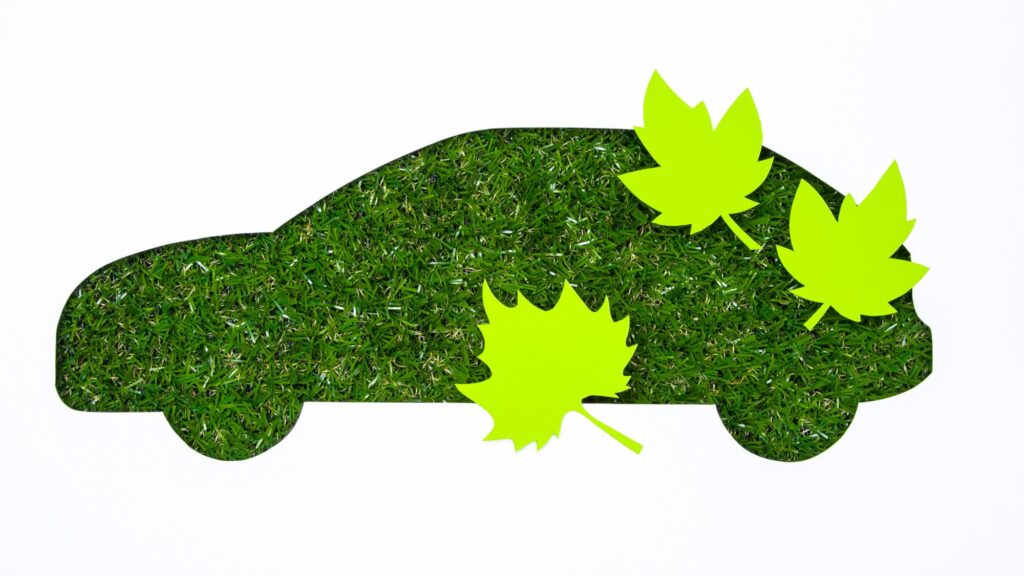Environmental Factors & It’s Impact on Car DPF Filters

If you have any experience with diesel engines, you have probably wondered, “What exactly is a DPF?” Car DPF Filters, also known as an exhaust after-treatment device. Is made to collect particulate matter. The DPF is a vital component in reducing emissions from diesel-powered cars. It is usually made of ceramic material shaped into a honeycomb structure. It collects and holds exhaust soot, requiring regrowth regularly to burn off the buildup.
The typical black smoke that diesel engines frequently generate during acceleration is avoided thanks to this regeneration mechanism. With advancements in technology, cars are becoming more fuel-efficient and environmentally benign. Still, there are several drawbacks to this advancement. Particularly about exhaust emissions. To reduce the harmful pollutants that diesel engines emit. Diesel particulate car DPF filters, or DPFs, are needed.
You should hire professional DPF cleaning services because, over time. Soot and ash buildup in DPFs can affect emissions and engine efficiency. This article explores the significance of regular automotive DPF cleaning. Snd how it preserves engine performance while fostering cleaner air and a more comfortable atmosphere.
Understanding DPF Cleaning:
As diesel engine exhaust particles are captured by DPFs, they gradually gather a considerable quantity of soot and ash. Periodic cleaning of DPFs is necessary to remove this accumulation and preserve their effectiveness. DPF filter cleaner is accomplished using a variety of techniques. Such as chemical, pneumatic, and heat cleaning. Every technique has an impact on the environment.
How Are Car DPF Filters Working?
The most popular kind of DPF is cellular ceramic honeycomb filters, while there are many other varieties. As well, such as cordierite, metal fiber, and silicon carbide. Ceramic materials offer superior stability and resistance to heat, including cordierite, silicon carbide, and aluminum tetanize.
The exhaust gas containing soot particles is forced through the filter wall of the ceramic honeycomb DPF. Because of channels that are closed at both ends. Hazardous soot gets stuck in the filter’s pores even if petrol can pass through it. A DPF can only hold so much information, though. To ensure that the car DPF filters operates as intended. The soot that has become trapped must be removed.
The Impact on the Environment:
Energy Use:
Myth: Cleaning the DPF uses too much energy.
Factual statement: Energy-efficient DPF cleaning procedures are devised. To burn off soot and ash, for instance, heat cleaning uses high temperatures. But these temperatures are precisely regulated to use the least amount of energy possible.
Chemical Utilization:
Myth: The environment is harmed by DPF chemical cleaning.
Factual statement: Although chemical cleaning calls for the employment of certain cleaning agents. These substances are picked for their efficiency and low influence on the environment. Their purpose is to eliminate and decompose particulate debris without posing a threat to the environment.
Producing Waste:
Myth: Cleaning DPFs produces a lot of garbage.
Factual statement: The purpose of DPF cleaning procedures is to reduce waste production. Following environmental standards. Soot and ash removed during cleaning are usually collected and disposed of appropriately.
Air Quality:
Myth: Airborne pollutants are released during DPF cleaning.
Factual statement: It is a fact that DPF cleaning facilities have filtration systems in place to collect any emissions. Or particulates produced during the cleaning procedure. This guarantees there will be no deterioration of the air quality.
Use of Water:
Myth: A substantial amount of water is used in DPF cleaning.
Factual statement: Water used for DPF cleaning is often very little and is frequently a component of closed-loop systems that reuse and recycle water to cut down on consumption.
The Environmental Benefits:
It’s important to highlight the overall environmental benefits of DPF cleaning. Even though there are certain environmental problems involved.

Reduced Emissions:
Diesel engines are guaranteed to run with lower particle emissions when DPF cleaning is performed. This has a direct impact on lessening the negative environmental effects of diesel engines. And improving air quality.
Extended DPF Lifespan:
DPFs last longer when cleaned regularly, therefore fewer replacements are required before they should. This reduces the environmental effect of producing new car DPF filters while also conserving resources.
Regulatory Compliance:
Maintaining emission compliance for diesel engines is facilitated with DPF cleaning. By keeping the environmental impact of diesel engine emissions. Within allowable bounds, compliance lowers the chance of fines and penalties.
Closing Up:
Among the most crucial parts in automotive industry is a diesel particulate car DPF filter. Its goal is an 80% reduction in diesel particulate matter emissions. But wear and tear are a common occurrence with this item. Because of its small capacity, it needs to be emptied of soot to function effectively.
Regeneration is the term for this process, which happens when soot particle concentrations go too high. There are a few requirements that must be satisfied for regeneration. If not, the particulate car DPF filters will be harmed by the process’s delay.





